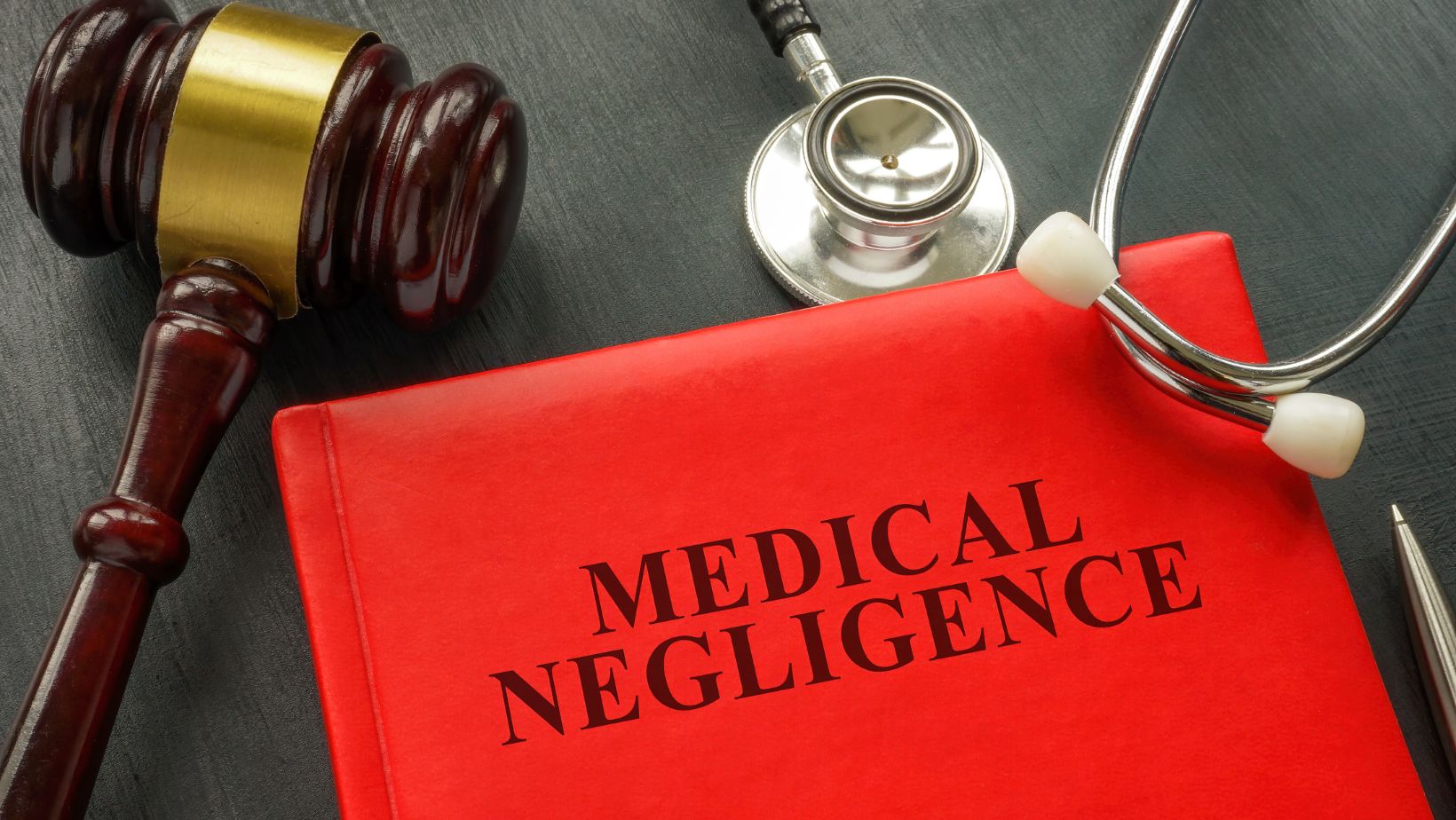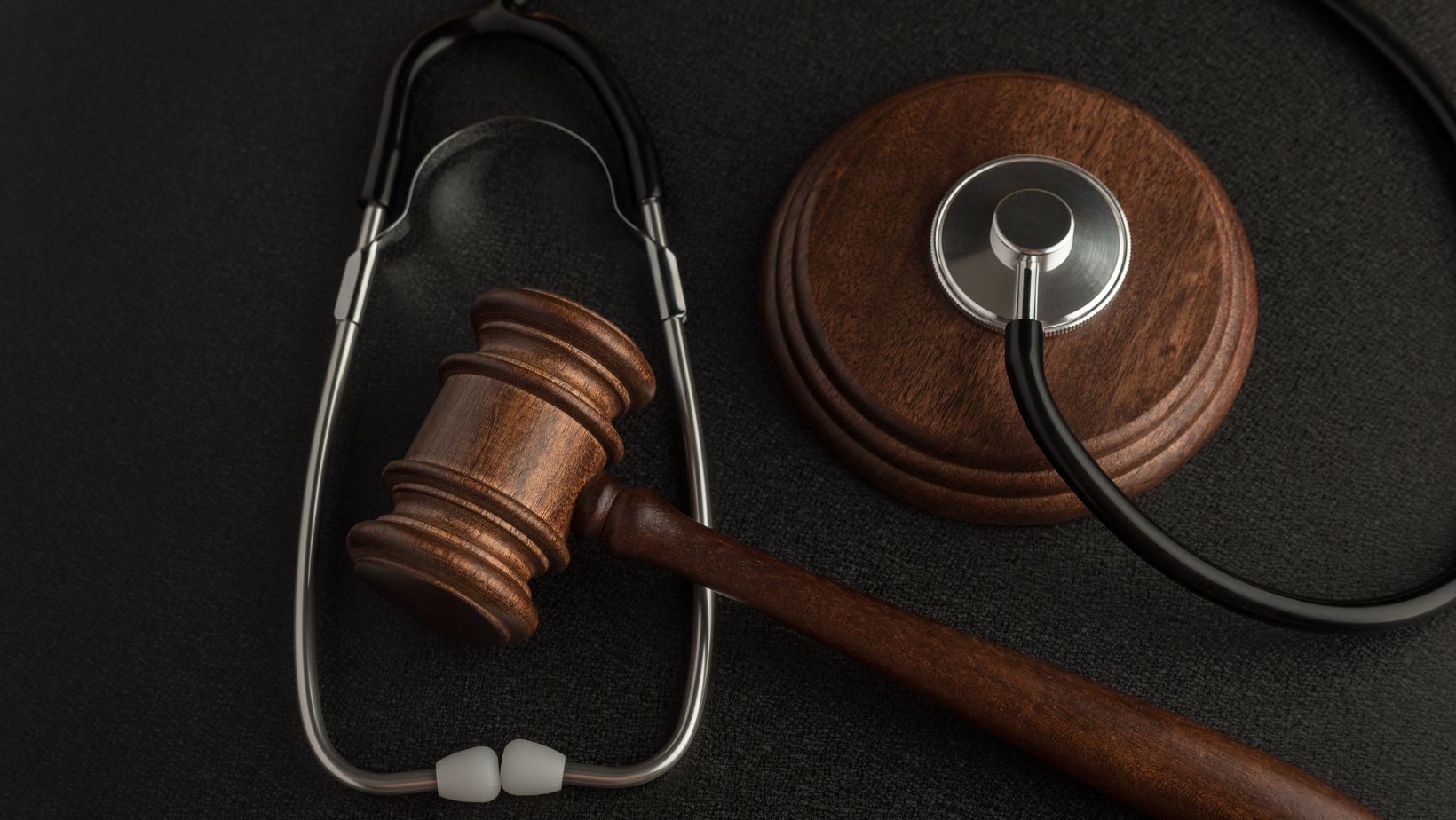Hypoxic-ischemic encephalopathy (HIE), sometimes referred to as neonatal encephalopathy or birth asphyxia, can happen when a baby’s brain does not get enough oxygen and blood flow during birth. Significant brain damage and long-term neurological problems, like cerebral palsy and developmental disabilities, may result from this.
In some instances, HIE may occur because of medical errors or oversights during pregnancy, labor, and delivery. Negligence from healthcare professionals who do not adhere to the recognized standard of care can cause or exacerbate HIE.
It’s crucial for families in this situation to seek an understanding of hypoxic-ischemic encephalopathy, as the condition may not be immediately apparent. Identifying early indicators is beneficial for prompt intervention and treatment.
Medical Negligence and HIE
HIE due to medical negligence can happen in many different ways. These include
- Failure to Monitor: Missed indications of fetal distress may arise from inadequate fetal monitoring during labor and delivery.
- Delayed Response: HIE may result from postponing required procedures, including an emergency C-section.
- Medical Errors: Misuse of delivery tools, improper administration of anesthesia, or failure to address high-risk conditions promptly can contribute to HIE.

Other potential causes of HIE stemming from medical negligence include
- Delaying delivery when the baby is at risk of oxygen deprivation
- Failing to address umbilical cord issues
- Ignoring placental problems
- Mishandling labor complications like shoulder dystocia
- Mismanaging maternal health conditions
- Missing risk factors during pregnancy
- Neglecting to perform a C-section when necessary
Who is Liable?
In cases where negligence causes HIE, the liable party may be the hospital or the physician who supervised the delivery, including those who assisted them. Depending on internal policies and laws, hospitals may be held accountable for staff decisions and careless treatment that result in damage.
Nursing staff who do not recognize warning signs during labor that call for intervention or do not follow the correct procedures may also be held accountable. Individual doctors may be held responsible when medical misconduct results in birth conditions like HIE.

Legal Options for Families Affected by HIE
Families who have experienced HIE due to medical malpractice may be able to sue for damages. Care expenses, therapies, special equipment, schooling, and the child’s ongoing requirements may all be covered by this reimbursement.
The compensation acquired can also pay for special education, adaptive equipment, physical and speech therapy, and other costs. Families can afford to give their children the best treatment and support by pursuing a medical malpractice case.
Those with legal responsibility for the child and the child’s primary caregivers who have been directly impacted may be eligible to file a medical malpractice case. A qualified attorney may help establish eligibility, gather evidence, negotiate with the other party, and assist families through the legal process.
Without the assistance of an experienced birth injury lawyer, families will find it difficult, not just to win fair compensation, but to prove that the condition was a result of the healthcare professional’s negligence. This is because the medical professional or the hospital will fight tooth and nail to defend the claim, as their reputation and future are on the line.